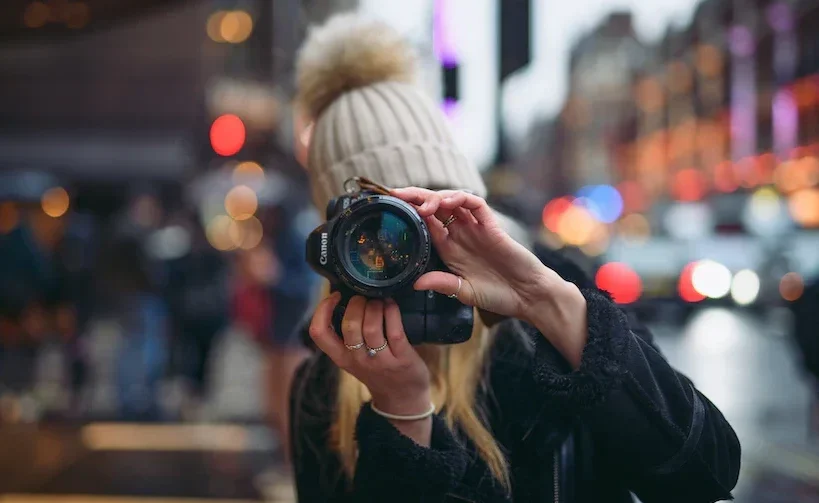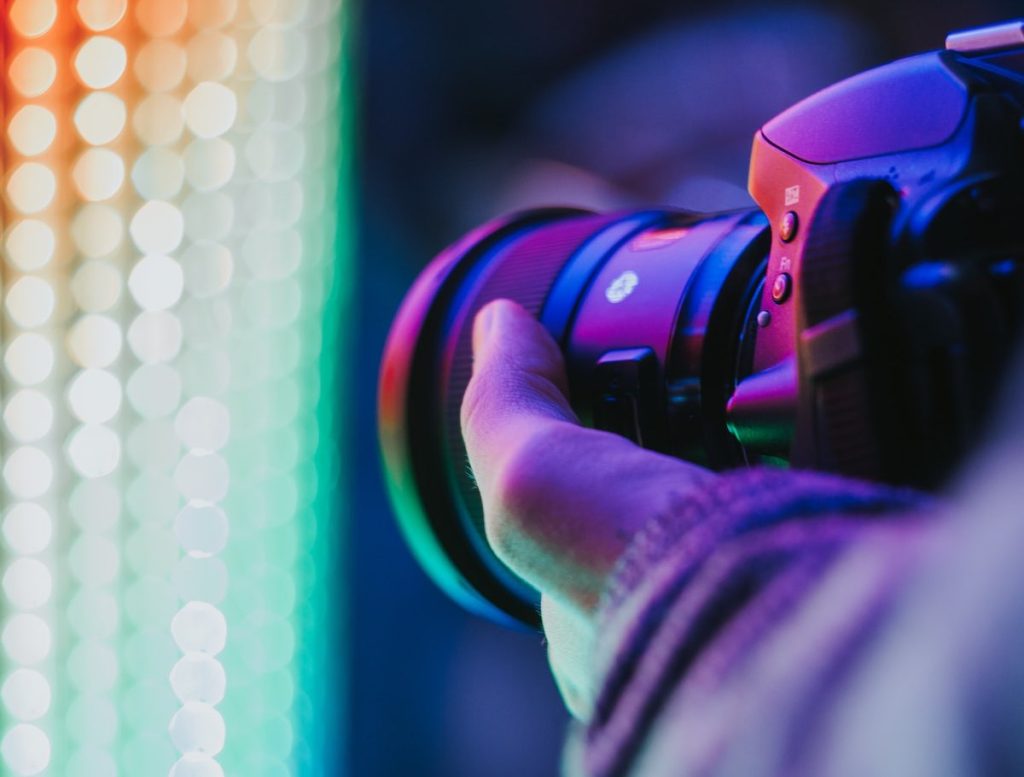16. Try Something New
The more you experiment with photography, the more interesting it becomes. It’s easy to fall into a routine and take similar photos over and over, and there’s nothing wrong with that, but it’s also important to try something new as often as possible.
Give macro photography a shot, or test some new lighting techniques. Branch out to a different post-processing style. Be spontaneous and drive to a location you’ve never photographed before. There are so many ways to try something new in photography, and you won’t regret it if you do.
Usually, you’ll discover something – either a new technique or a personal preference – that you can bring back to your regular photography for good results.
17. Work with the Scene in Front of You
On a recent trip, I found myself waking up early several mornings in a row to photograph the same subject – a beautiful landscape reflected in a pool of water. I only needed a few clouds above the scene, and I’d be golden!
Unfortunately, day after day, there weren’t any clouds at all at sunrise. My frustration grew as the week progressed and the forecast called for more cloudless mornings. It took a while, but I eventually realized that the problem wasn’t the landscape. The problem was me.
I was showing up to this landscape with a preconceived idea of how it would look, and I was disappointed when it didn’t meet my expectations. Instead, I should have been working with the scene and embracing its strengths.
Once I realized that, my photos during this trip dramatically improved in quality. The sky never did fill with clouds, but at least my memory card started to fill with better photos (ones that didn’t need a dramatic sky to look good).
18. Meet Other Photographers
Meeting other photographers is one of the best ways to keep learning and improving, either for inspiration or for advice.
You’d be surprised how much people enjoy sharing their tips and techniques with other photographers. You’ll rarely encounter secrecy or disdain; even the great Ansel Adams wrote several books explaining his photographic techniques.
If you’re the type of person who prefers self-guided learning in photography, this still applies. Ask questions on online forums, email photographers whose work you admire, and otherwise save resources you find valuable. No matter what, don’t stop learning. There’s always more to learn.
19. Fix Your Weak Points
If you’re still trying to wrap your head around shutter speed, aperture, and ISO, it can be tempting to revert to Auto mode rather than practicing what you don’t understand. That’s a huge mistake!
If you’re trying to learn portrait photography, but you’re having a hard time getting light from your flash to look good, it can be tempting to take all your indoor pictures next to a window for nice light. That’s also a huge mistake!
If you’re trying to learn post-processing, but your software is confusing, it can be tempting to shoot all your pictures in JPEG to get something good out of the camera. But – you guessed it – that’s another huge mistake!
Don’t work around your weak points. Fix them. The best way to improve your photos is to analyze what you don’t yet understand, and then spend the necessary time to learn it. This applies most of all to beginner photographers, who naturally have the most to learn, but even experts would do well to follow this advice.
20. Don’t Forget About Your Old Photos
I’ve noticed that a lot of photographers tend to take photos, pick out the best ones from a shoot, and then rarely or never return to the others. But there are many reasons why your old, unused photos are some of the most valuable in your portfolio.
First, they help you fix your weak points. Just ask yourself, on average, why are your bad photos bad? Maybe you tend to focus incorrectly, expose too dark or bright, compose awkwardly, and so on. All of that is very useful information since it helps you improve the problem next time.
Some old photos may have had technical difficulties like too much noise that was difficult to fix when you were shooting. But the software has gotten better and may be able to add some new life to such seemingly hopeless shots!
On top of that, you might find an old photo that truly sings – yet somehow you didn’t notice it the first time. This happens to me from time to time, and it feels like striking gold.
21. Be More Selective
When you are choosing photos from a shoot to show other people or add to your portfolio, be more selective! This means that if you were planning to show ten of your shots, show five. If you were planning to show five, show three instead.
The process of being selective will force you to focus on every strength and weakness of your photos. It will also make your work look better as well because you are only showing the best of the best. When you’re deciding between two very good photos, you will have to spend a long time understanding why one has a stronger composition than the other.
22. Shoot a Lot and Experiment
Practice, practice, practice. It’s a tip that will get you ahead in any skill, not just photography.
Cameras are complicated. So is post-processing software, and so is (maybe especially) the creative side of photography.
The more you experiment, and the more photos you take, the better your photos will be. It’s not just about the quality, either – it’s also about quantity. You’ll find that later trips and photoshoots almost always have more winners than your early attempts.
That’s not to say your early photos are always going to be bad. The famous Henri Cartier-Bresson quote, “Your first 10,000 photographs are your worst,” is a bit overdramatic. But I have to admit that there’s some truth to it. You can take great photos when you’re starting out, but it requires some luck, and you’ll continue getting better as you take more pictures.
In short, the more time you spend on photography, the easier it will be to take the photos you have in mind. That’s the end goal in all of this – translating the image in your head, and the emotions you feel, into a photograph that makes other people experience the same thing.
23. Chase Beautiful Light
One of the easiest ways to improve your photography outdoors is to chase beautiful light. That means getting out early, going out late, and generally avoiding the harsh, midday sun. Although harsh, noon light can be interesting in some ways, you’ll just have a much easier time getting a landscape or photographing anything outdoors if your light is a bit softer and longer.
Photographers often call the hour after sunrise or the hour before sunset the golden hour because the orange, long light makes for dramatic and interesting landscapes. Even the blue hour light before or after the sun can be very intriguing.
Midday light is often harsh and can cause contrast issues, atmospheric disturbance, and difficult shadows on your subjects that make photography difficult. Thus, one of the easiest ways to improve your photography is to make sure you go out when the light is good!
24. Have Fun!
Photography is supposed to be fun. Even professional photographers chose this career, almost without exception, because they enjoy photography. Don’t let that spark die out.
Some of this is down to trying something new, as mentioned earlier – and also continuing to learn new skills. But it’s also about not taking photography too seriously, or getting caught up in camera equipment at the expense of photography itself.
I see a lot of people online get into heated debates about their choice of camera brand, or a good/bad/opinionated review they see from someone else on the internet. Who cares? All of this is contributing to exactly what you’re trying to avoid – making photography just another annoyance in your life, not a source of happiness or joy.
Instead, think about why you like taking pictures. It’s meaningful; it’s a way to see amazing sights and meet brilliant, creative people. No surprise, the best photographers I know are always the ones who have the most fun with it.



